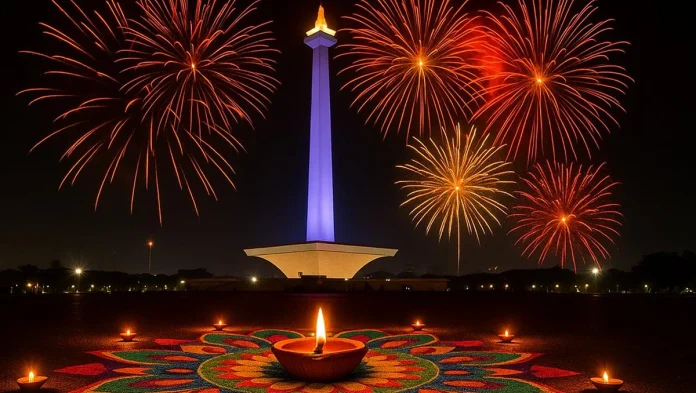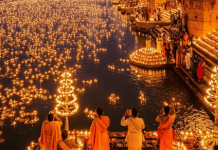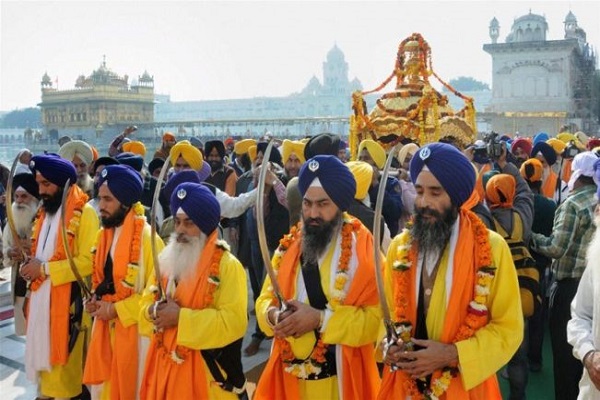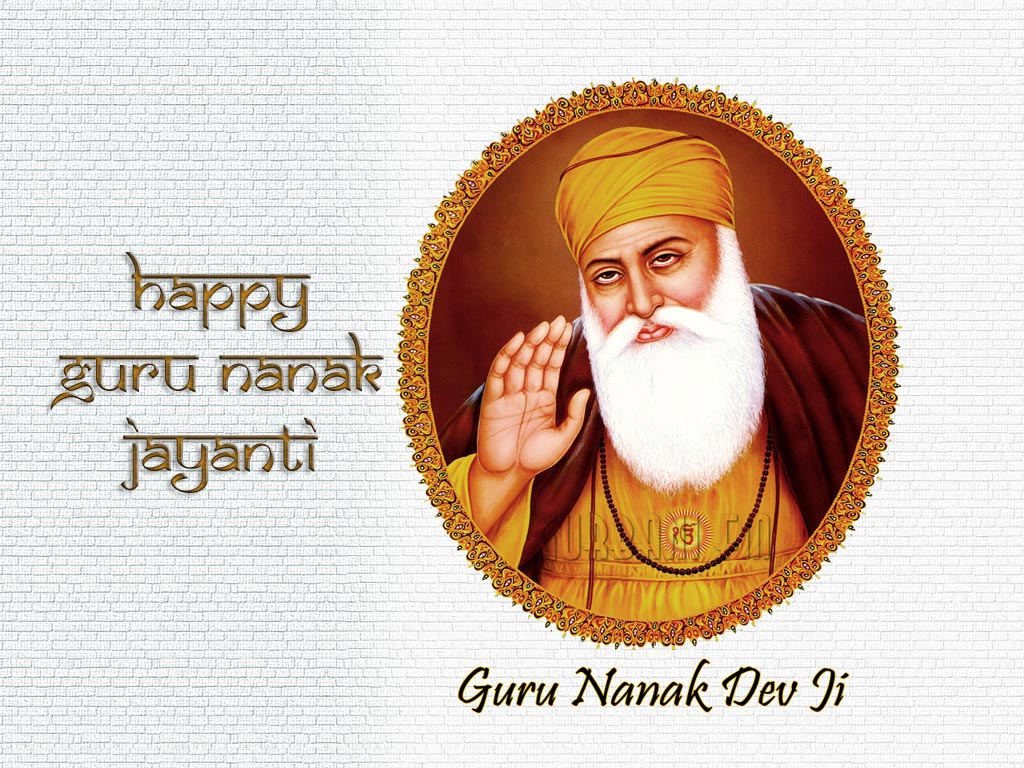Every autumn, millions of people across India — and around the world — celebrate Diwali, the Festival of Lights. It’s a time when homes glow with lamps, families gather, and the air fills with the scent of sweets and incense.
To many Indonesians, Diwali might feel comfortingly familiar. Much like Lebaran or Imlek, it’s about family, gratitude, and new beginnings. But beneath all the sparkle, Diwali carries a deeper message — that no matter how dark life gets, light and goodness always find a way through.
The Light That Guides
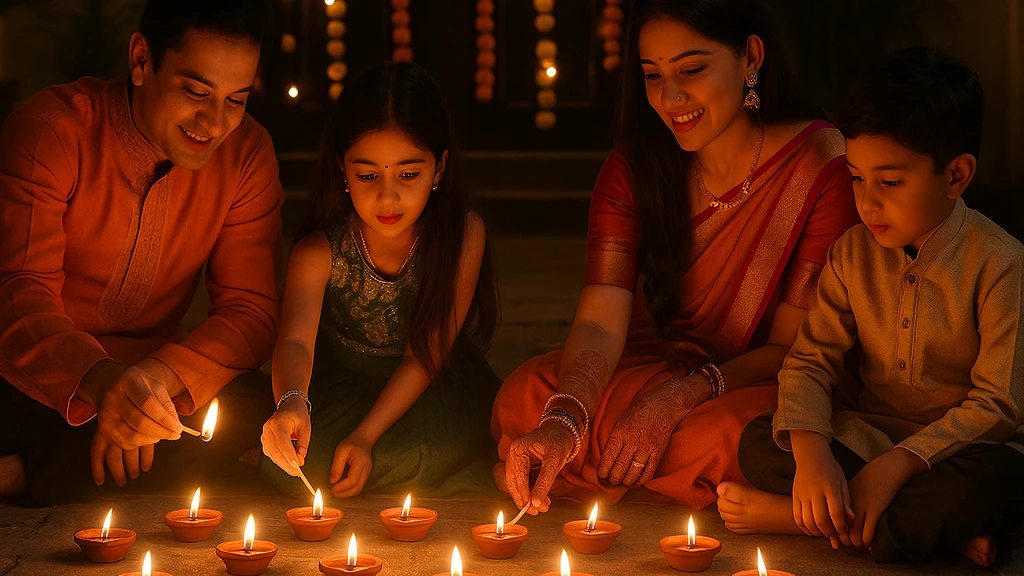
The word Diwali comes from Deepavali, meaning “a row of lights.” Lighting small oil lamps (diyas) during the festival is more than decoration — it’s symbolic. Each flame represents the light of knowledge that drives away ignorance and negativity. The idea isn’t so different from Galungan in Bali, where people celebrate the victory of Dharma (goodness) over Adharma (evil). Both festivals remind us that faith and light are stronger than fear and darkness.
The Stories That Inspire
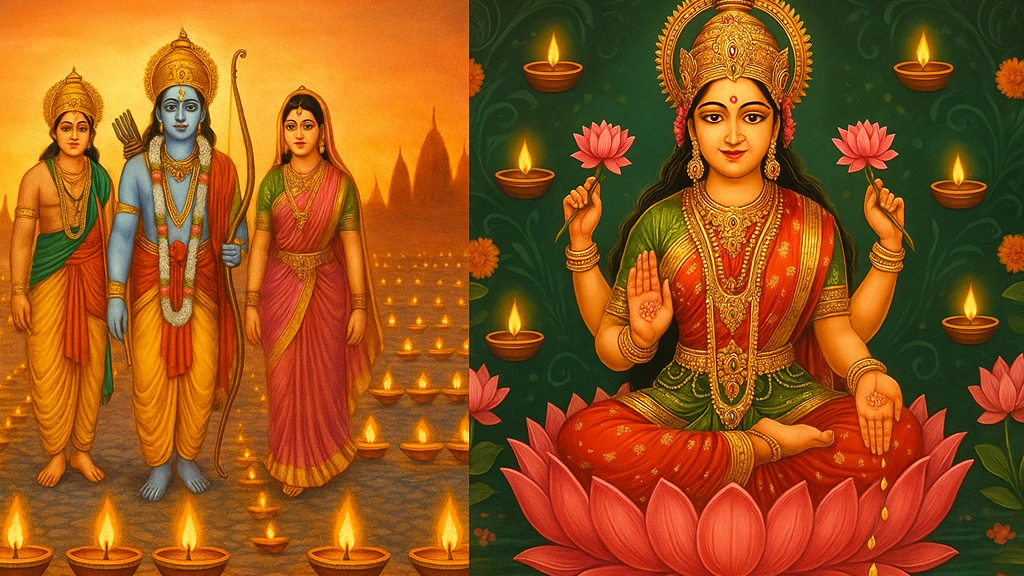
Diwali means different things to different communities, yet all its stories share the same soul — hope, renewal, and liberation. In Hindu tradition, Diwali marks Lord Rama’s return to Ayodhya after defeating the demon king Ravana. People lit rows of lamps to welcome him home — a gesture that still defines the festival centuries later. In other parts of India, the day honours the birth of Goddess Lakshmi, the goddess of wealth and good fortune, or celebrates Lord Krishna’s victory over evil.
For Jains, it’s the day Lord Mahavira attained spiritual liberation (moksha), and for Sikhs, it coincides with Bandi Chhor Diwas, when Guru Hargobind Sahib Ji was freed from captivity along with 52 other rulers — a powerful symbol of justice and compassion. Different stories, one message: light, truth, and goodness will always prevail.
A Festival of Five Days
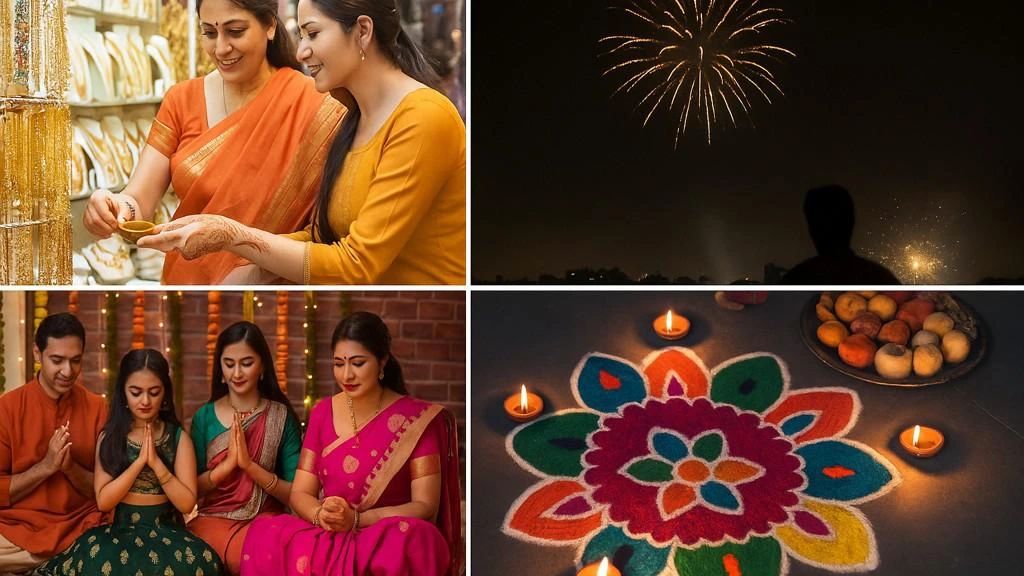
Diwali isn’t just one night of celebration — it unfolds over five meaningful days, each with its own mood and ritual.
1. Dhanteras: The festival begins with cleaning homes and buying new items or gold, believed to bring prosperity.
2. Chhoti Diwali (Naraka Chaturdashi): Preparations begin — homes are decorated, diyas are lit, and sweets are made.
3. Diwali Day: The main celebration — families perform Lakshmi–Ganesha Puja, light lamps, share food, and fill the night with fireworks.
4. Govardhan Puja: A day to give thanks to nature, remembering how Lord Krishna lifted Mount Govardhan to protect his people. The spirit of gratitude here feels very similar to Nyepi and Tumpek Uduh in Bali, which honour balance, reflection, and respect for the environment.
5. Bhai Dooj: The festival closes with a day dedicated to the love between brothers and sisters.
Each day tells the same story in different ways — of renewal, family, and hope.
What the Symbols Mean
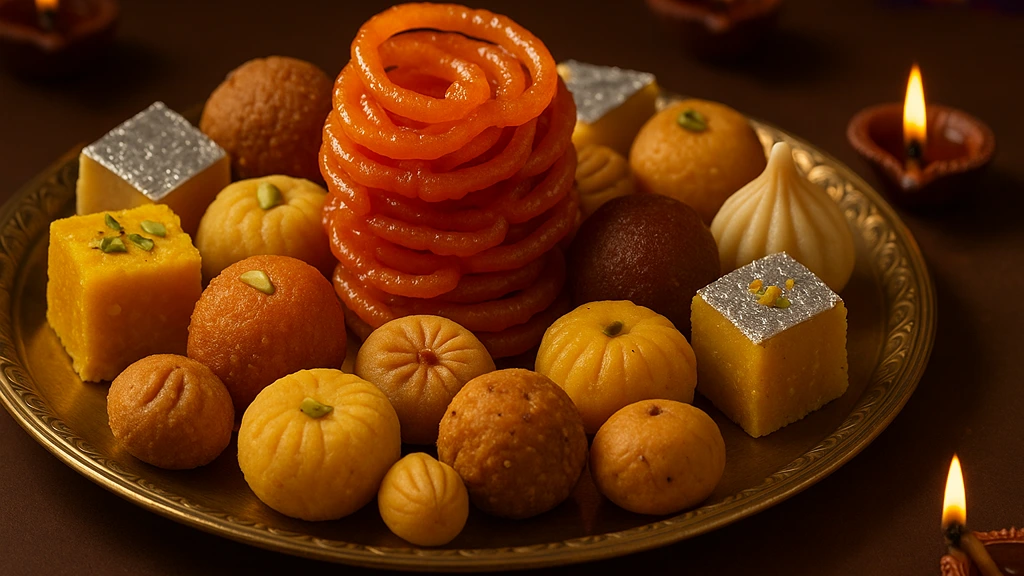
Every part of Diwali has meaning.
The lamps symbolise wisdom.
The rangoli — colourful designs made on the floor — welcomes prosperity and good energy.
The fireworks express joy.
And the sweets? They celebrate life’s simple pleasures and the sweetness of togetherness.
The tradition of lighting lamps (menyalakan lampu minyak) and cleaning homes before a sacred festival also exists in Indonesia — a shared belief that when we cleanse our surroundings, we invite positive energy into our lives.
Diwali in Indonesia
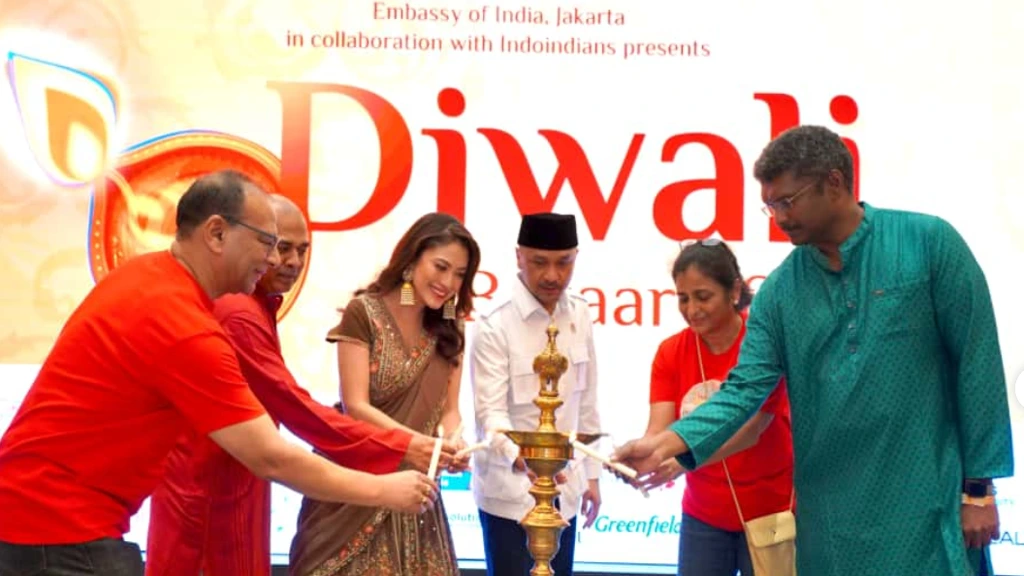
Although Diwali began in India, its light shines beautifully in Indonesia too. In Jakarta, Medan, Surabaya, and Bali, the Indian and Hindu communities celebrate with devotion and joy.
Most Hindu temples hold special prayers, while Indian organizations and cultural groups host festive gatherings filled with food, dance, and music. Restaurants also join the fun, offering Diwali-themed dinners and sweets so everyone — Indian or Indonesian — can experience the warmth of the celebration.
The spirit behind Diwali blends naturally with Indonesian culture. Galungan and Kuningan celebrate the triumph of good over evil, Nyepi encourages reflection and cleansing, and Tumpek Uduh expresses gratitude to nature. Even Imlek and Idul Fitri share Diwali’s heart — moments of reconnection, forgiveness, and fresh beginnings.
Despite differences in language or faith, these festivals carry the same universal message: to pause, reflect, and bring more light into our lives and the lives of others.
How You Can Join the Celebration
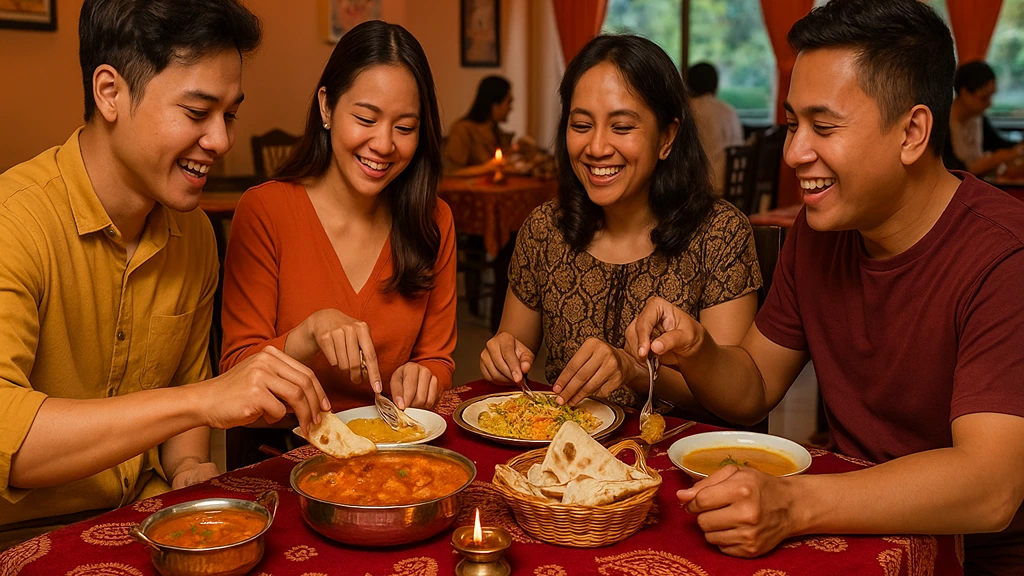
You don’t need to be Indian to feel the joy of Diwali.
Try lighting a small candle or oil lamp at home to welcome peace and light.
Wear something bright and festive.
Visit a Diwali fair or Indian restaurant near you to enjoy traditional sweets like ladoos, jalebi, or gulab jamun.
And if you have Indian friends, simply wish them, “Happy Diwali!” — or, in Hindi, “Shubh Deepavali!”
Even the smallest act of light — a smile, a kind word, a helping hand — keeps the true meaning of Diwali alive.
A Celebration of Humanity
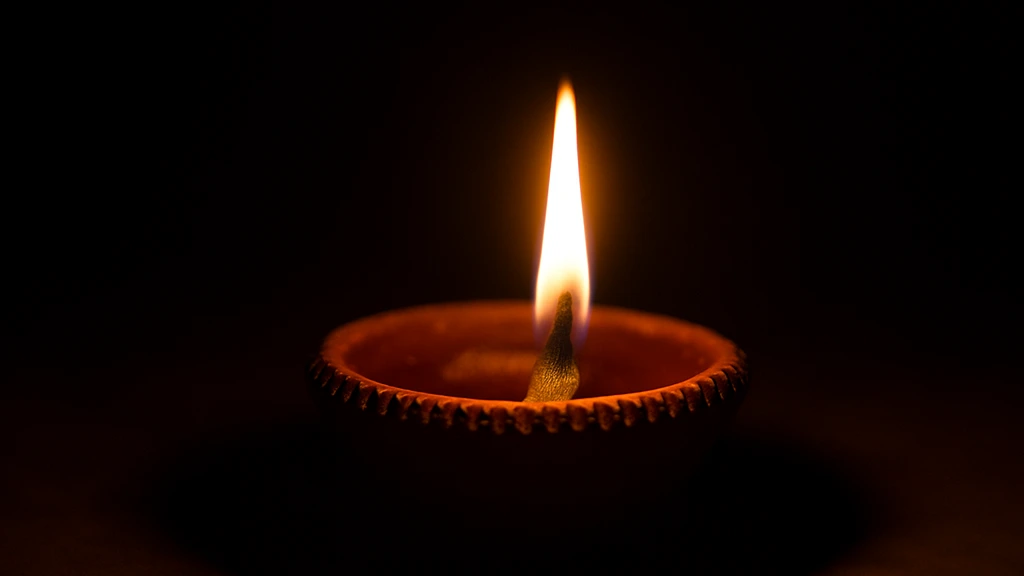
At its heart, Diwali isn’t just about rituals. It’s about renewal — forgiving others, starting fresh, and being thankful for what we have.
Whether you light a lamp, meditate, or share food with family, the essence is the same: to bring more light into the world, one simple act at a time.
Final Thought
“No matter where you come from, Diwali reminds us that every heart has the power to shine — to bring light, hope, and kindness into the world.”
by Bhavish Adwani


